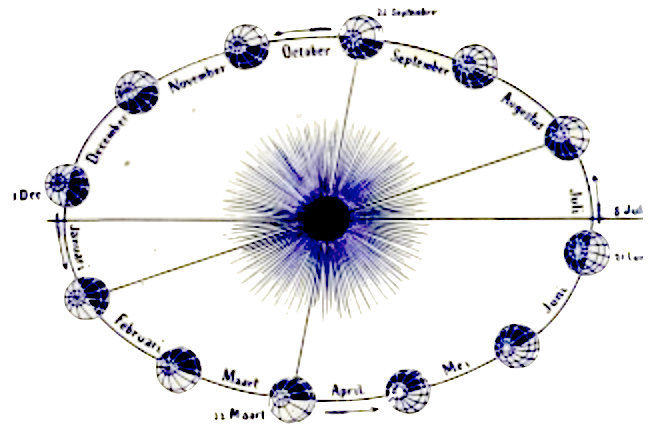Alice Miller and the Gifted Child
Het passing on …
Alice Miller argued that all cases of mental illness, addiction, crime and cult were ultimately caused by repressed anger and pain resulting from subconscious childhood traumas that were not emotionally resolved, aided by a helper, whom she came to call an “enlightened witness.” (Source wiki)
If you recognize this please read the text below and describe it in your life story.

